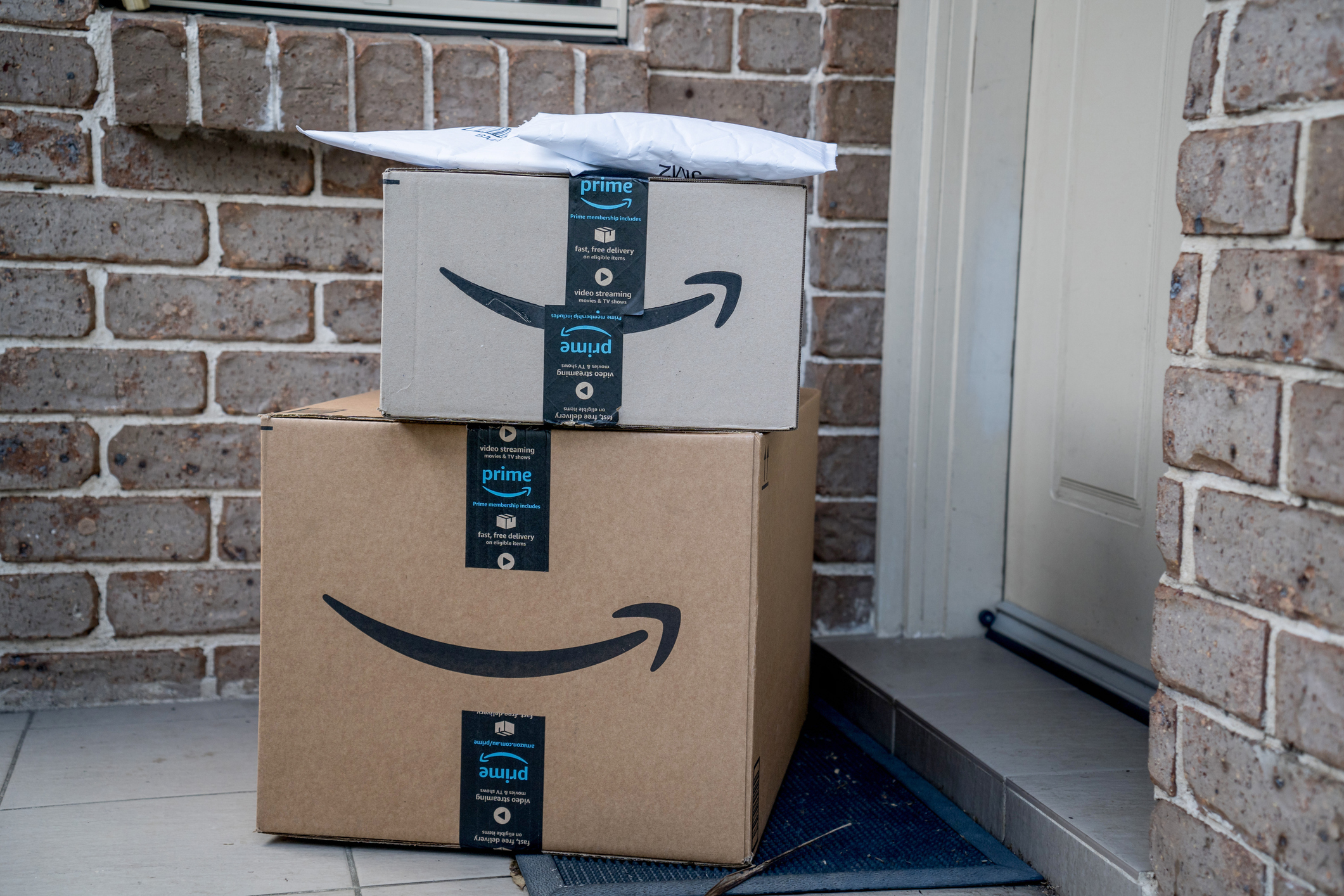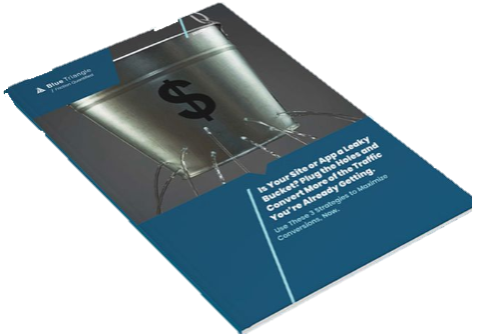Everyone says they want to be like Amazon. But when something goes wrong, most companies still make the customer jump through hoops.
On a recent episode of The Frictionless Experience podcast, we asked Mehdi Rizvi, a veteran of Ralph Lauren, Tiffany, and Funko, what brand truly nails frictionless experiences.
His answer? Amazon.
What was surprising wasn’t his answer—it was his explanation.
"They've put in the work," he said.
Let's pause on that: simple because someone spent a lot of time.
That's the part most companies never understand. They chase innovation, talk about AI, draft mission statements with phrases like "seamless omnichannel journeys." But when something goes wrong, the customer pays the price.
The Happy Path Is Easy. The Real Work Happens Off It.
Most companies map the "happy path": the customer visits the site, clicks the product, adds it to the cart, and checks out. But Mehdi hammered home a truth we all need to hear: Real loyalty is built when things go wrong.
He shared a personal example. He ordered something from Amazon for his daughter. It didn't arrive—his first issue in six years. And how did Amazon respond?
"They said, 'Would you like another one?'", Mehdi recalled.
He didn’t have to argue or escalate.
"I'm like, yeah, please. And he [the Amazon customer service rep] is like, 'Fine, done.' He goes, 'Anything else?' That's it. That's it. I'm in".
No tracking numbers. No long hold times. No neighbor-blaming or proof requests. Just a simple resolution grounded in trust—and years of Amazon building systems to make that moment possible.
Now compare that with a hotel that double-billed Mehdi. Their first question? "Do you have your confirmation number?"
Mehdi recalled, “I’m like, I’m Mehdi Rizvi. You have all my information. And you mean to say you don't know when and where I stayed?",
Simplicity Isn't Accidental. It's Operational.
Mehdi made one thing crystal clear: simple experiences like Amazon's don't happen because someone had a great idea in a boardroom.
They happen because:
- The organization mapped out every single touchpoint—especially when things go wrong.
- They built systems and staffing models to support those moments.
- They aligned business logic with customer intent.
"This is simple because someone spent a lot of time to make it simple," Mehdi said. "And I am sure what I experienced wasn't how they started off."
In other words, simplicity is engineered. And that engineering starts with a deep understanding of your current state—a step most companies skip entirely.
He even shared a simple but costly example:
“You launch a new product. Everybody is fine and dandy, but nobody dots to find out: When my customer actually wants something, is my specification sheet ready?”
Everyone checked their own box—marketing drove traffic, sales engaged customers—but the customer left with nothing. The system failed quietly.
And that failure?
Why Most Brands Fail at This
We asked Mehdi why so many organizations fall short when it comes to building frictionless experiences. His answer: they're too busy implementing shiny tech to actually understand what's broken.
"They don't even know what they're standing on today… Everything's in someone's head," he said. "When that person goes, it's a house of cards".
Instead of asking, "What should we build?" the better question is: What breaks most often for our customers, and how do we make that invisible?
If you don't have a documented, end-to-end view of your operations—every process, every escalation path, every exception—you can't fix friction. You'll just shift it.
And even with good intentions, companies miss the bigger picture.
Amazon's Secret? Knowing When to Get Out of the Customer's Way
Amazon's approach doesn't just work when things go wrong. It works because they know not to make the customer do the work.
"Companies make the misdelivery problem your problem on the call," Mehdi said. "You're like, no, why am I solving your problem? You go solve your problem. My problem is I need my package".
Amazon could make you call, look up your tracking, make you beg. But they don't. Because their systems recognize: This is the first time this customer has had an issue in six years.
So they just fix it.
And why wouldn’t they? It costs less to send a $20 item than to lose a lifetime customer. That’s what operational maturity looks like.
And it's why they win where other brands often fail.
The Takeaway: Your Brand Is Built in the Broken Moments
We all love a perfect checkout flow or a slick homepage redesign. But if you want true brand loyalty, you need to fix the forgotten pieces:
- The broken return.
- The late delivery.
- The customer support call that either earns trust—or erodes it forever.
And you need to fix them before they break. As Mehdi put it:
That’s what Amazon gets right—and what most companies never even think about.
Not because it’s easy.
But because they chose to make it look easy.

During the holiday rush, every shopper matters
Optimize the customer journey before the eCommerce event of the year.

.jpg)



.png?width=940&height=788&name=Mehdi3%20(1).png)

